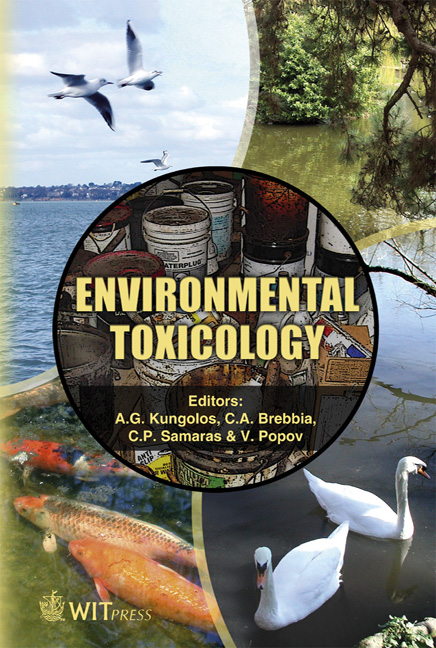Gastropod Molluscs As Indicators Of The Cadmium Natural Inputs In The Canarian Archipelago (Eastern Atlantic Ocean)
Price
Free (open access)
Transaction
Volume
10
Pages
9
Published
2006
Size
392 kb
Paper DOI
10.2495/ETOX060201
Copyright
WIT Press
Author(s)
R. Ramírez, C. Collado, O. Bergasa, J. J. Hernández & M. D. Gelado
Abstract
Nowadays, gastropod molluscs are being utilized more and more as bioindicator organisms. Similarly, harmful metals on human health such as cadmium have been widely studied. The Canarian Archipelago (specifically the eastern islands) is constantly bathed by the African coastal upwelling, provoking oceanographic and biological differences between the islands. This process could assume an increase in the Cd concentration in their coastal waters and in the biota. Thus, in order to assess this fact, we measured cadmium concentrations in the soft parts of two species of limpets (Patella rustica and Patella candei crenata) and in a topshell snail (Osilinus atrata). Metal determination was performed using atomic absorption spectrometry (AAS). We found significant differences for metal concentrations between the eastern islands and the western islands for all species. P. rustica, P. c. crenata and O. atrata presented values ranging from 7.71, 2.11 and 7.56 µg g -1 dry wt. (eastern islands) to 1.38, 0.4 and 1.08 µg g -1 dry wt. (western islands) respectively. Therefore, we concluded that limpets and topshell snails seem to be suitable indicators of the cadmium concentrations in the coastal waters of the Canary Islands. Keywords: Canary Islands, heavy metals, cadmium, gastropod molluscs, Patella rustica, Patella candei crenata, Osilinus atrata.
Keywords
Canary Islands, heavy metals, cadmium, gastropod molluscs, Patella rustica, Patella candei crenata, Osilinus atrata.





